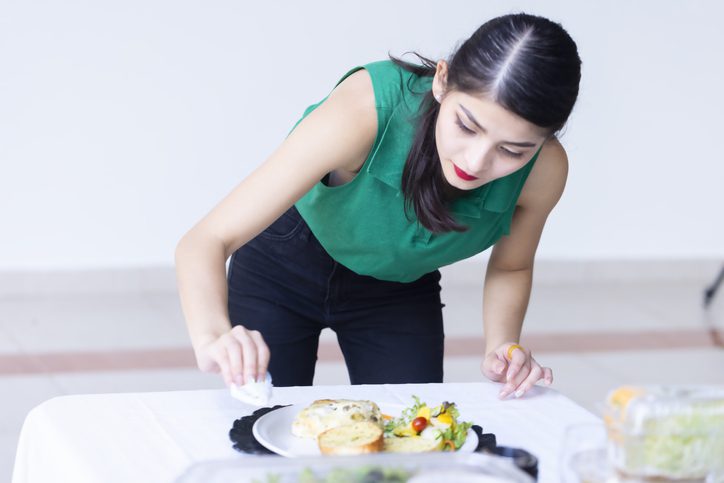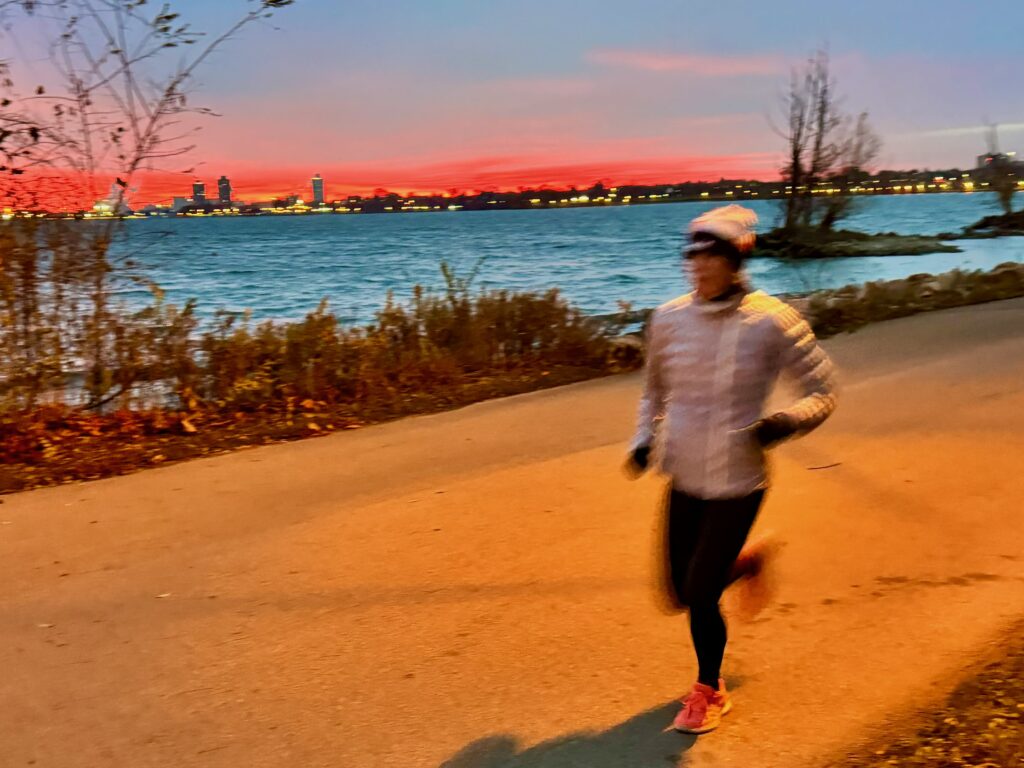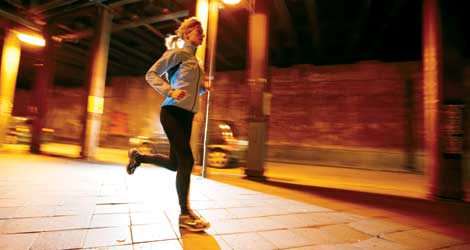When should triathletes eat to get the most out of their workouts?
Here are some quick tips on how to schedule your eating around your workouts.

Triathletes know that they need to eat in order to fuel all the exercise they do. However, given that most multisport athletes also have busy lives with families, jobs and other commitments beyond their training and racing, finding the time to fit in all the necessary eating isn’t easy. You can add to that the additional challenge that most athletes need to time digest between eating and working out. It can start to seem impossible to make it all happen.
So how do you fuel properly to get the most out of your workouts? Here are some tips on how to eat, based on the time of your next workout.
The dark-o’clock morning workout

The main challenge with morning workouts is that you tend to be asleep until only shortly before the workout starts. I mean, who wants to get up at 4 am so they can have a full breakfast before their 6:30 am swim? It’s likely better – from a life as well as recovery perspective, to sleep in as late as you can and then head to practice. So, what does this mean for trying to get in some food? Well, you definitely should get in some calories before a morning workout, but it may not be “food” and is almost certainly not a meal. Experiment with small snacks – a mini-yoghurt cup, a banana or apple slathered in peanut butter or a small nut-filled granola bar, for example. All of these will provide some calories, as well as the protein that will help fuel performance. What you really need to do for a morning workout is to plan the post-workout meal. If you’ve had a 60 to 90 min session in the morning, then you will need to have at least 500 kcal in addition to whatever you would call a normal breakfast. The best part is that you are pretty free to choose whatever you want, as your next workout is likely hours away.
The right-after-work workout
This is probably the session that people struggle the most to fuel. Eat too much and you’ve got a giant cannonball of food sitting in your belly when you’re training. Eat to little and you’ll likely run out of gas. The solution – a big, but not too big – lunch which includes a good portion of protein and fat, and a small snack (~100-200kcal) late in the afternoon as you near your workout. The ample lunch with the protein should keep you sated and fueled all afternoon, while the late afternoon snack will give you that extra carb boost you need for a training session without bringing on a huge insulin-crash right after your lunch. A large salad with dressing and some protein (cooked tofu, grilled chicken or steak, for example) is a good option.
Once your session is over, have a quick post-workout snack, and then head home for a solid dinner. Remember, recovery is where the gains happen, and you can’t recover if you don’t eat well.

The after sunset-evening-workout
If your workout time is later on in the evening, starting around 7 to 8 pm, you have to plan your dinner out so that it can happen early. You will need to figure out exactly how much you can eat, and you when you need to be done eating, so that you can go workout without undue digestive discomfort. If you are having trouble getting in a meal without having issues during the session, keep in mind that simple carbs are the easiest thing to digest, while animal fats, dairy and proteins are typically the most challenging. This means that a meal of spaghetti with tomato sauce is likely going to be easier on the stomach than that same pasta covered in a carbonara sauce.
Once you’ve found what works, make sure you eat something. Waiting from lunch all the way till after an 8 pm workout to eat risks you running out of gas, if not on day one, then over time as you slowly drain your tank. Once this workout is over, you will want to have some more food. Going to bed in a state of depletion is going to be bad for your recovery. It may be too late for a meal, but a large snack with a good portion of protein and fat, such as full-fat Greek yoghurt with some fruit and nuts mixed in, is an example of a good option.
These strategies should help you make good food choices, keeping you fueled through all your training.
Read more about Darian here or email him at darian@teamatomica.com. You can also check out his TrainingPeaks profile here.
